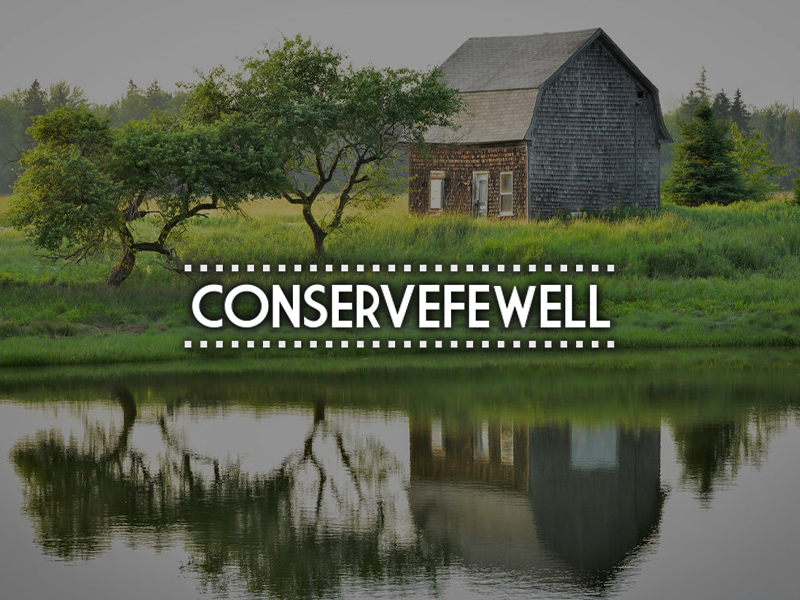By Brent Fewell
Toward the waning hours of every administration the pace of regulating at EPA picks up – you can set your watch to it.
Last week was no exception, with two big announcements by EPA’s leadership affecting water and air resources. As part of POTUS’ climate change priority, EPA Administrator, Gina McCarthy, announced on Friday EPA’s intention to move forward with a regulation to limit carbon dioxide emissions from coal-fired power plants. The current best hope for meeting the aggressive limits being sought by EPA is the use of new technologies that will promote the practice of carbon capture and storage, where carbon is removed from coal emissions and injected deep under the earth’s surface. After Friday’s hearing before the House Energy Committee, skeptical Republican senior leadership, who are concerned about the impacts on the nation’s energy costs, have vowed to block EPA’s efforts.
In a separate meeting before the Environmental Council of States, in which I was in attendance, Nancy Stoner announced that EPA and the Army Corps of Engineers submitted a proposed rule to OMB that would provide clarification on the federal government’s jurisdiction over waters of the U.S., with a focus on wetlands. Stoner and Lek Kadeli, both  personal friends and both very capable regulators, blogged on the basis and background of their decision. As those who may recall, in 2006 in the Rapanos case, the SCOTUS, in a 4-1-4 fragmented decision, created considerable confusion regarding the scope of the federal government’s authority over non-navigable waters and wetlands. Stoner also announced a new study released this week by EPA’s Science Advisory Board on the ecological and environmental connection of adjacent and headwater streams and wetlands to downstream navigable waters. The Rapanos decision requires there to be a “significant nexus” between remote waters and downstream navigable waters, and this 300 page study seeks to satisfy the scientific and legal basis for connectivity. I found it interesting that Stoner, in her comments before ECOS, mentioned that under the new proposal fewer waters would be subject to the federal government’s jurisdiction than the EPA-Corps guidance that has been under OMB review since 2011.
personal friends and both very capable regulators, blogged on the basis and background of their decision. As those who may recall, in 2006 in the Rapanos case, the SCOTUS, in a 4-1-4 fragmented decision, created considerable confusion regarding the scope of the federal government’s authority over non-navigable waters and wetlands. Stoner also announced a new study released this week by EPA’s Science Advisory Board on the ecological and environmental connection of adjacent and headwater streams and wetlands to downstream navigable waters. The Rapanos decision requires there to be a “significant nexus” between remote waters and downstream navigable waters, and this 300 page study seeks to satisfy the scientific and legal basis for connectivity. I found it interesting that Stoner, in her comments before ECOS, mentioned that under the new proposal fewer waters would be subject to the federal government’s jurisdiction than the EPA-Corps guidance that has been under OMB review since 2011.
I’ll wait to see the proposal before passing judgment or praise, but I also learned that the rule would, for the first time ever, clarify waters that are jurisdictional and those that are not. EPA has always resisted the latter. This development reflects an important recognition of the growing frustration by landowners, developers, regulators, and conservation groups regarding the legal confusion and uncertainty created by Rapanos. And given the serious civil and criminal enforcement penalties for filling in a wetland without a permit, it’s absolutely critical that the public understand the legal boundaries and what actions need permits and those that don’t.
it’s absolutely critical that the public understand the legal boundaries and what actions need permits and those that don’t.

